EMPOWERED: AUTHOR Q&A with Jennifer Oneal Price @jennoprice #interview
Today's guest is Jennifer Oneal Price, author of the book, EmpowerEd. We're happy to have her here today to talk about her book, writing and what surprised her about getting her book published.
Welcome to The Writer's
Life! Now that your book has been
published, we’d love to find out more about the process. Can we begin by having you take us at the
beginning? When did you come up with the
idea to write your book?
My book, EmpowerEd: Using Real Case Examples to Look Deeper into IEP Management, is a resource guide for parents of special needs children. I am an attorney whose practice specializes in special education law, representing disabled children. As an attorney in private practice, I spend part of each day answering telephone calls and questions from parents, frustrated over what their child’s school is or is not doing for their child’s education. While I have a disability rights practice, with a niche in special education law, my journey into this area of law, and ultimately the book, began as aprosecutor in the juvenile division.A typical day in the family courthouse consisted of hallways filled with parents and children, all waiting anxiously to have their cases heard. Family dynamics could play a significant role in why a juvenile was in the juvenile court system. Another factor that some people don’t realize can be whether a person has a disability. Disabilities can play a factor in the juvenile court process because if a child has a behavioral disability, like ADHD, or a neurological/developmental disability like autism, certain things throughout the day may trigger conduct from that child and the teacher may feel s/he can’t handle it. Since many schools have juvenile probation officers and/or police officers within the school, it can become that much easier for a teacher to involve law enforcement in thesituation, as opposed to trying to diffuse it, alone.I left a District Attorney’s Office after seeing worst-case scenarios in juvenile court: when learning accommodations were not made, or plans were not implemented for children with disabilities. I realized that while these were similar stories told from different situations, the common thread in all of them was in the management or compliance of the child’s educational plan. After I decided to go into private practice to focus on representing children with disabilities, I quickly learned there was a lack of information by many parents and educational advocates. At the same time, there was a constant desire for information and specifically, legal updates. That is why I decided to write this book. It is meant to be a resource guide and a type of playbook for parents.Research was conducted a few years back that indicated approximately 40% of parents attend hearings unrepresented and approximately 15% of parents are represented by an educational advocate. Compare that to 100% of the school districts represented by an attorney, it came as no surprise that unrepresented parents won their cases 10% of the time. While the book itself is not to be used as official legal advice, I intentionally sought to summarize legal cases in more easily digestible verbiage for parents. The Thought Questions after the cases help to provide further analytical thinking for parents, as well as help them understand how the school is thinking or preparing their case. Sometimes, the best offense is a good defense, and this book will serve to assist parents in learning their school’s defensive strategies. When I would speak at parent groups to provide legalupdates, the parents were grateful for the information but still wanted to know how to usethe information for their situation. This book was created to help with that.
Who is your publisher and how did you find them or did
you self-publish?
I decided to self-publish this book so I could have control over the timeline of the publication date.Getting it published at the beginning of the school year or soon thereafter was importantsince that is when parents begin to get an idea of whether their child’s individualizededucational plan is working. If not, parents may request meetings with the teachers,which is when the feelings of being overwhelmed or outnumbered start to form.
Is there anything that surprised you about getting your
first book published?
Yes, almost all of it was a bit overwhelming. After the major decisions like editor and cover designer were determined, I soon realized those were the easiest decisions I made. Details, such as barcodes and ISBNs are important decisions, and people have differing opinions on them.One thing I wish I’d known ahead of time was the review time once you submit yourbooks to the distributors, like Amazon or IngramSpark. Amazon takes up to 72 hours toreview your book and publish it and that is assuming no errors (which I had). The mostfun part was coming up with the marketing plan. It was the most fun but also the mostoverwhelming because there were so many things I could do. I knew I didn’t have anemail base to do a launch party, and I didn’t plan far enough in advance to do one. I hadto be creative in some areas and take some financial risks in others by donating a freecopy to big organizations, with the hopes of receiving large bulk orders. A few ideasfrom watching Shark Tank, religiously, helped as well.
Do you believe a book cover plays an important role in
the selling process?
Yes, absolutely. I was very fortunate to have a cover designer who was able to take my vision and portray it on the book. When I purchase a book, I always look at the cover design, and the design will make the difference in whether I even pick it up to learn more about it. When I initially spoke with my cover designer, I had a lot of information about what I did not like when making comparisons to other similar books on the market. However, I also was able to give a reasonable idea of what I did like - muted colors, no images of people or children, a sense of togetherness or collaboration. In the end, I wanted my cover design to portray collaboration (table with chairs), while also displaying a sense of power (the color red) at the table. The power comes from the parent having my book and now feeling more knowledgeable to really communicate and work with the teachers towards the common education goals of the child.
How hard was it to write a book like this and do you have
any tips that you could pass on which would make the journey easier for other
writers?
This book was not that hard for me to write, since I had the content in the form of the legal cases. The trickier part was making sure to include cases that were relevant, no matter the year, and applicable to a bigger, mass audience, regardless of what jurisdiction the person resided. I would suggest for other people interested in writing a non-fiction book, relating to their profession, start with content either already created by them or is readily at their disposal. Then, find a way to break it down in an easily comprehensible format. That was the key for my book - getting rid of the legal language to make it easier to understand. Look at similarly-titled books; find out what is missing from them; then, fill in that gap. My book contains information of legal cases. There have been books written in the past giving parents an overview of legal cases, but my books provide very focused questions parents can ask themselves. My book also provides space to take notes, all in an effort to keep parents from having to hire an attorney for as long as they can and understanding how to think like a lawyer. There was no other book like that. I filled a void on the market.
What other books are you working on and when will they be
published?
I am in the process of creating a workbook, similar to the book I published but focused solely on the questions aspect of it. It will not require parents to read any legal cases. It will be published in summer 2020. I have also started a fiction novel where the protagonist is a juvenile in the juvenile justice system. The storyline will be based, in part, on cases I worked on as a prosecutor in the juvenile division.
What’s one fact about your book that would surprise
people?
One fact that would surprise people is that even though the cases I discuss come from courts all over the country, the cases can still be used to show a judge what is happening in other jurisdictions, and the questions I provide at the end are applicable, no matter where you live.Finally, what message are you trying to get across with your book? The message I amtrying to get across with my book is that parents can advocate as well as a lawyer; theyjust need to know how to think more critically and analytically. That is why I providevery specific, detailed questions for parents to use when analyzing their child’s situationto help them understand how attorneys think.
Thank you again for this interview! Do you have any final
words?
Thank you for the interview.
Jennifer Price is a special education attorney in the Pittsburgh
metro area who has received awards for her legal skills and advocacy.
As a former prosecutor, Attorney Price is very familiar with the courts
and believes in making sure every child has an opportunity to succeed
both in school and in life. Her boutique law firm provides services
protecting and defending against abuses of the criminal justice system,
as well as the educational systems. With 10 years of experience,
Attorney Price’s advocacy has resulted in successes, including getting
criminal charges withdrawn, preventing children from getting expelled
out of school and federal civil rights lawsuits. Aa a speaker, she has
presented at seminars and workshops and has also made regular television
appearances for her legal opinions.
★WEBSITE & SOCIAL LINKS: ★
Website → www.jenniferpricelaw.com
Twitter → twitter.com/jennoprice
Title: EMPOWERED: USING REAL CASE EXAMPLES TO LOOK DEEPER INTO IEP MANAGEMENT
Author: Jennifer Oneal Price
Publisher: Independent
Pages: 107
Genre: Nonfiction
Author: Jennifer Oneal Price
Publisher: Independent
Pages: 107
Genre: Nonfiction













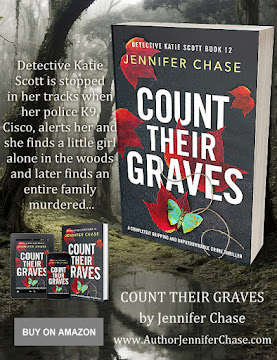
































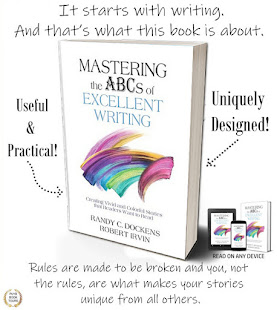

















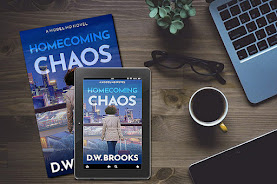


















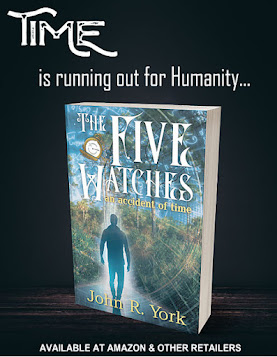

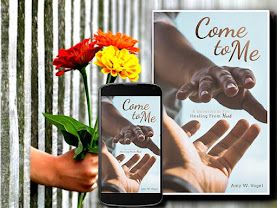



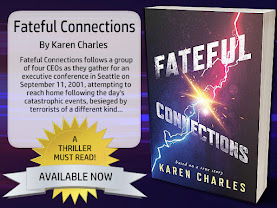










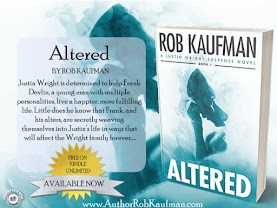
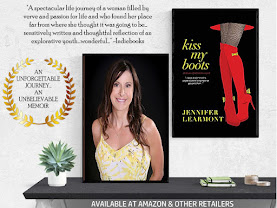
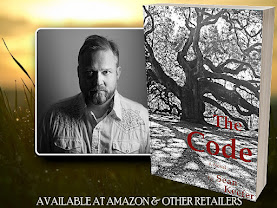



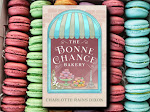
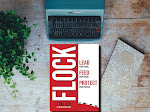


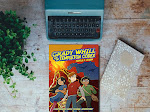








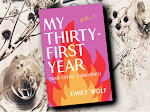






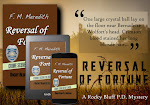

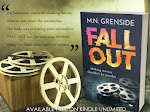


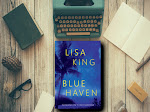











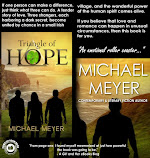
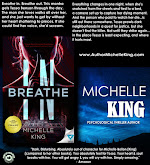




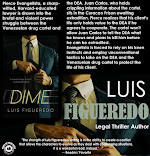

























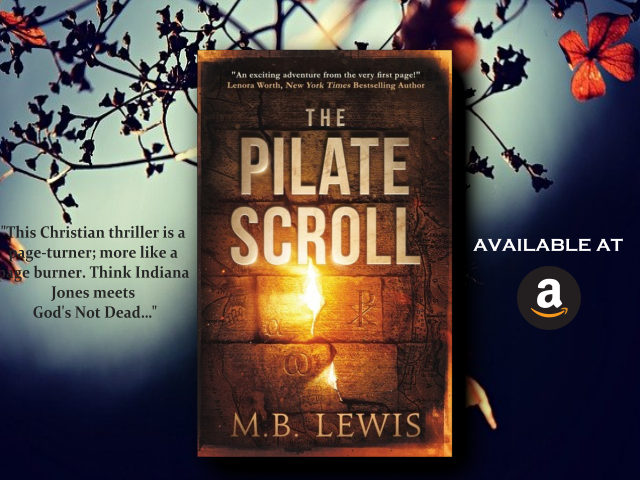













Leave a Comment